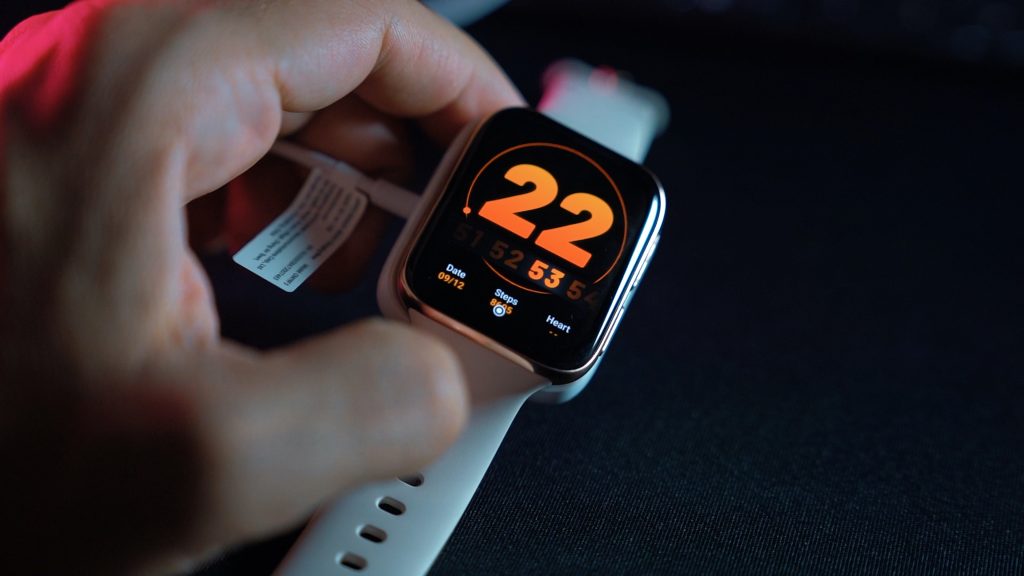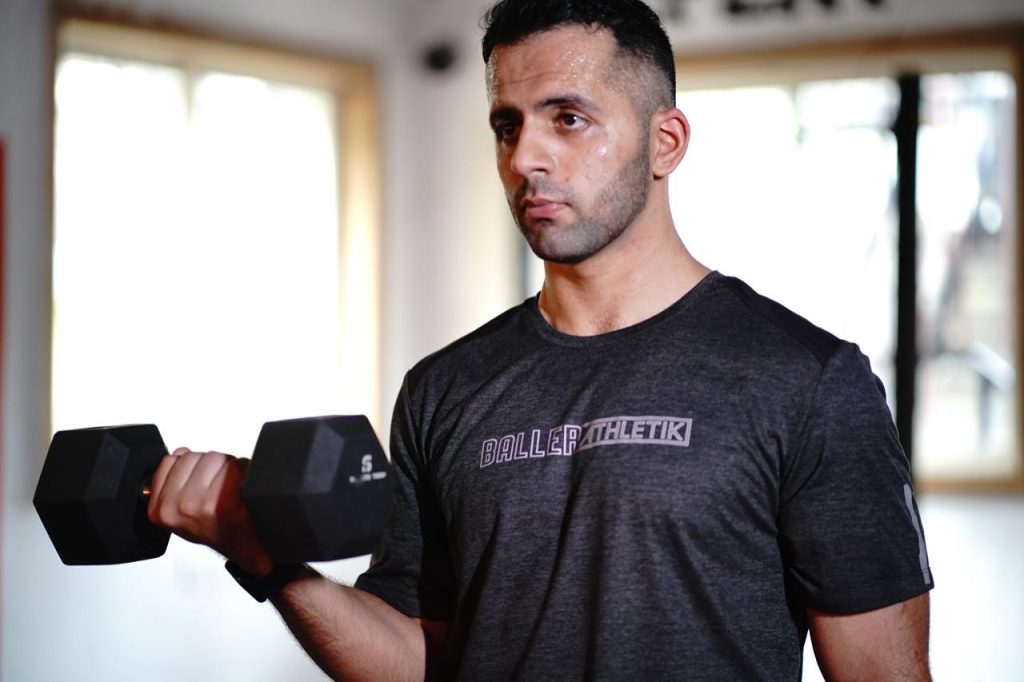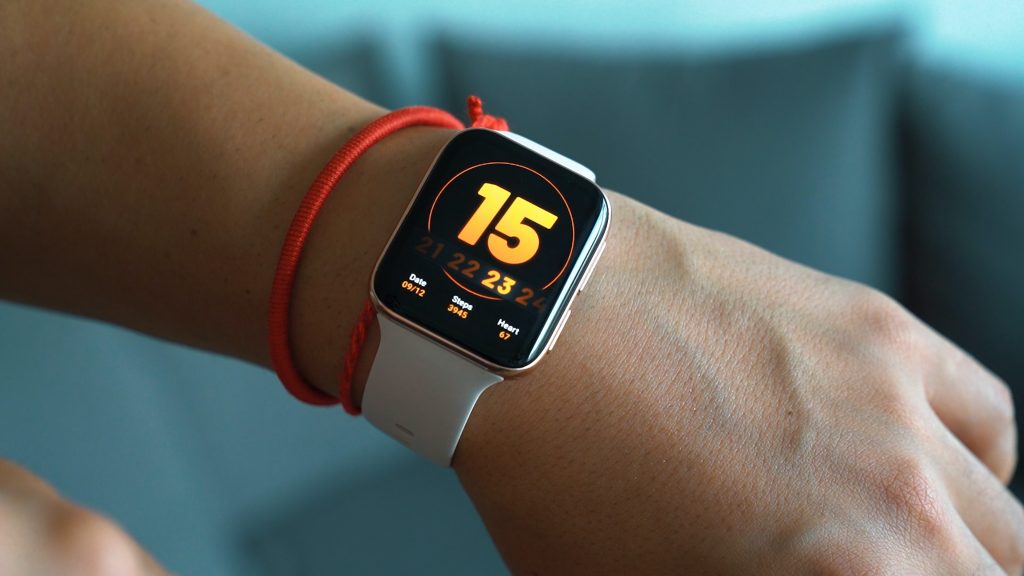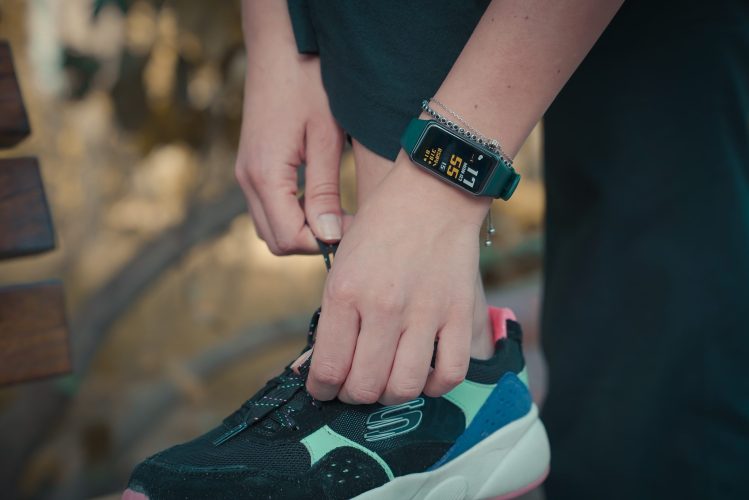I got experts to tell you what they love about fitness-tech, where they feel people need to exercise caution, and in this blog post, I’ve also included a roundup of my faves

From measuring steps and counting calories to monitoring the quality of your sleep, wearable fitness trackers do it all. These all-in-one wellness powerhouses can help you manage your health better than ever before. It’s no wonder that practically everyone swears by one fitness app / gadget or the other. A May 2021 report from Fortune Business Insights indicates that wearables will continue to grow popular, with the global fitness tracker market projected to grow from USD 36.34 billion in 2020 to USD 114.36 billion in 2028. The recent pandemic has only served to build greater awareness about overall health and well-being, spurring an even more rapid increase in the adoption of these devices. Manufacturers such as Apple and Garmin witnessed a 20 per cent increase in revenue in 2020 over the previous year.
A numbers game
While it’s great to have so many apps and so many devices that give you hundreds of metrics, if you don’t know what to do with these metrics or if you can’t derive an actionable plan from them, the purpose is lost.
Armaan Kandhari, co-founder and COO of Portl Technology

While it’s great to have so many apps and so many devices that give you hundreds of metrics, if you don’t know what to do with these metrics or if you can’t derive an actionable plan from them, the purpose is lost.
Armaan Kandhari, co-founder and COO of Portl Technology

Armaan Kandhari, co-founder and COO of Portl Technology, a platform that leverages the power of technology to offer personalised health, fitness, and wellness solutions, has used several apps through his “fat to fit” journey, he says on my podcast. Armaan’s experiments have included Nike Training Club app, Strava (running), MyFitnessPal (nutrition tracking) and WOD Generator (CrossFit). Despite the fact that he’s an avid user of apps and wearable fitness trackers, he points to a challenge that many users of fitness-tech report facing: mounds of data to filter through and loads of tracking options. “The number of options out there can be overwhelming, as can be the idea of determining which of these are relevant to you as an individual, to your body type and to your fitness goals. And while it’s great to have so many apps and so many devices that give you hundreds of metrics, if you don’t know what to do with these metrics or if you can’t derive an actionable plan from them, their purpose is lost,” he shares.

In our minds, we tend to minimise our calorie consumption, while, on the other hand, on apps, we tend to choose intensity options that make it seem as though we’ve burned more calories than we have burned in reality. Over time, this can lead a person to become over-dependent on such apps for the gratification they deliver.
Neha Sahaya, nutritionist
In our minds, we tend to minimise our calorie consumption, while, on the other hand, on apps, we tend to choose intensity options that make it seem as though we’ve burned more calories than we have burned in reality. Over time, this can lead a person to become over-dependent on such apps for the gratification they deliver.
Neha Sahaya, nutritionist

Nutritionist Neha Sahaya expresses another concern, one that’s based on her experience with people who rely on apps and gadgets alone: “When using apps, most people typically overestimate their workouts and underestimate their calories. In our minds, we tend to minimise our calorie consumption, while, on the other hand, on apps, we tend to choose intensity options that make it seem as though we’ve burned more calories than we have burned in reality. Over time, this can lead a person to become over-dependent on such apps for the gratification they deliver. And this is a big problem. A timely reality check is important. It’s important to measure if the results you see on the app are commensurate to the results you observe in your body,” says Sahaya.
See also: Alex Adam’s episode that talks about how fitness affects wellness
Dr Manan Vora, orthopaedic surgeon and sports medicine expert, agrees. He adds that data calculations in fitness apps may be inaccurate. “Not only can people grow so obsessed with apps that it takes a toll on mental health, the notifications can be extremely distracting. More importantly, there’s the risk that one’s health records and information may not be adequately secured on apps.”
Balance is key
There is a place for technology in terms of monitoring, tracking and adherence. There is also a place for AI-powered rollouts in terms of convenience, in terms of being able to adapt to your progressive fitness levels. But when someone is starting out on their fitness journey, they may need some help and direction, which a trainer can provide.
Karan Khurana, Fitness expert

There is a place for technology in terms of monitoring, tracking and adherence. There is also a place for AI-powered rollouts in terms of convenience, in terms of being able to adapt to your progressive fitness levels. But when someone is starting out on their fitness journey, they may need some help and direction, which a trainer can provide.
Karan Khurana, Fitness expert

Fitness expert Karan Khurana adds that while wearable devices can help you to track progress and adhere to a fitness plan, they may not be an accurate indicators of any underlying problems. For instance, if you are running a marathon, a wearable device or an app cannot tell you when you become dehydrated. “When using apps, I believe that balance is key. There is a place for technology in terms of monitoring, tracking and adherence. There is also a place for AI-powered rollouts in terms of convenience, in terms of being able to adapt to your progressive fitness levels. But when someone is starting out on their fitness journey, they may need some help and direction, which a trainer can provide. More seasoned fitness enthusiasts can make better use of these apps and devices to adhere to their fitness goals,” he says. He adds that certain apps, such as MyFitnessPal, which track your diet, can help you to get a good idea of portion sizes and portion control, provided you are diligent and consistent.

Dr Vora lists a variety of other ways in which fitness and health-tech can be really helpful: “Aside from monitoring fitness activity and things like sleep, including quality of sleep, heart rate and cardiovascular health, some apps have extremely handy accident detection features that automatically send out SOS signals if the wearer has collapsed or needs assistance.” It goes without saying these can be extremely useful for everyone from marathon runners to senior citizens and people with existing health problems.
See also: Shomit Mitter’s episode that talks about dealing with anxiety and sleep issues
Adding to this, Sahaya points out that time-strapped professionals can find apps immensely useful as they enable them to exercise at their own convenience, “without relying on a physical gym. Apps can teach you how to exercise and guide you on the correct form, too, and this may just help you to be more consistent with workouts,” she says.

Dr Vora lists a variety of other ways in which fitness and health-tech can be really helpful: “Aside from monitoring fitness activity and things like sleep, including quality of sleep, heart rate and cardiovascular health, some apps have extremely handy accident detection features that automatically send out SOS signals if the wearer has collapsed or needs assistance.” It goes without saying these can be extremely useful for everyone from marathon runners to senior citizens and people with existing health problems.
See also: Shomit Mitter’s episode that talks about dealing with anxiety and sleep issues
Adding to this, Sahaya points out that time-strapped professionals can find apps immensely useful as they enable them to exercise at their own convenience, “without relying on a physical gym. Apps can teach you how to exercise and guide you on the correct form, too, and this may just help you to be more consistent with workouts,” she says.
Wearables and mental well-being
With growing awareness about the importance of mental health and the impacts of stress on health and even longevity, many developers of apps and wearables have trained their focus on this aspect of wellness, too. Smartwatches, for instance, can track your physical stress while meditation, focus, stress management and sleep apps can help to cope with the impacts of stress in your everyday life.
Taking up a wellness regimen requires consistency, and this can be daunting, especially because practices such as meditation can be hard to learn. It’s also hard to find the time to practice in busy modern lives.
Kathryn Fantauzzi, co-founder and CEO of Apollo Neuroscience

Taking up a wellness regimen requires consistency, and this can be daunting, especially because practices such as meditation can be hard to learn. It’s also hard to find the time to practice in busy modern lives.
Kathryn Fantauzzi, co-founder and CEO of Apollo Neuroscience

“Taking up a wellness regimen requires consistency, and this can be daunting, especially because practices such as meditation can be hard to learn. It’s also hard to find the time to practice in busy modern lives. Our app and wearable devices use sound and touch therapy to almost help programme the body into the emotional state the wearer is aiming for. It does this by generating gentle sound waves of a certain frequency to help you focus or relax – almost like white noise for your brain. It works similarly to meditation in terms of how it helps you to retrain your brain,” explains Kathryn Fantauzzi, co-founder and CEO of Apollo Neuroscience on my podcast.
Top wearable tech for 2023 according to Hindustan Times

1. boAt Xtend Smartwatch with Alexa
This smartwatch offers features such as heart rate monitoring, SpO2 blood oxygen level monitoring and stress monitoring, as well as 14 sports modes.
2. Xiaomi MI Smart Band 6
The smartwatch offers 30 fitness modes available along with multi-sport tracking. It also monitors heartrate.
3. Redmi Smart Band Pro Sports Watch
The watch’s LifeQ health algorithm supports 110+ sports modes. It also has three auto detected modes and 14 water fitness modes.
4. Oneplus Nord Watch
This watch incorporates an oximeter (SpO2), calendaring and stress tracking. It has 105 sports modes, such as cricket, yoga and meditation, as well as all-day heart rate monitoring.
5. GOQii Smart Vital Plus
This watch comes in its own ecosystem, allowing you to track health and activity data on the GOQii app on your smartphone. It offers 18 workout modes, and tracks your SpO2 levels, blood pressure, body temperature, and heart rate.

